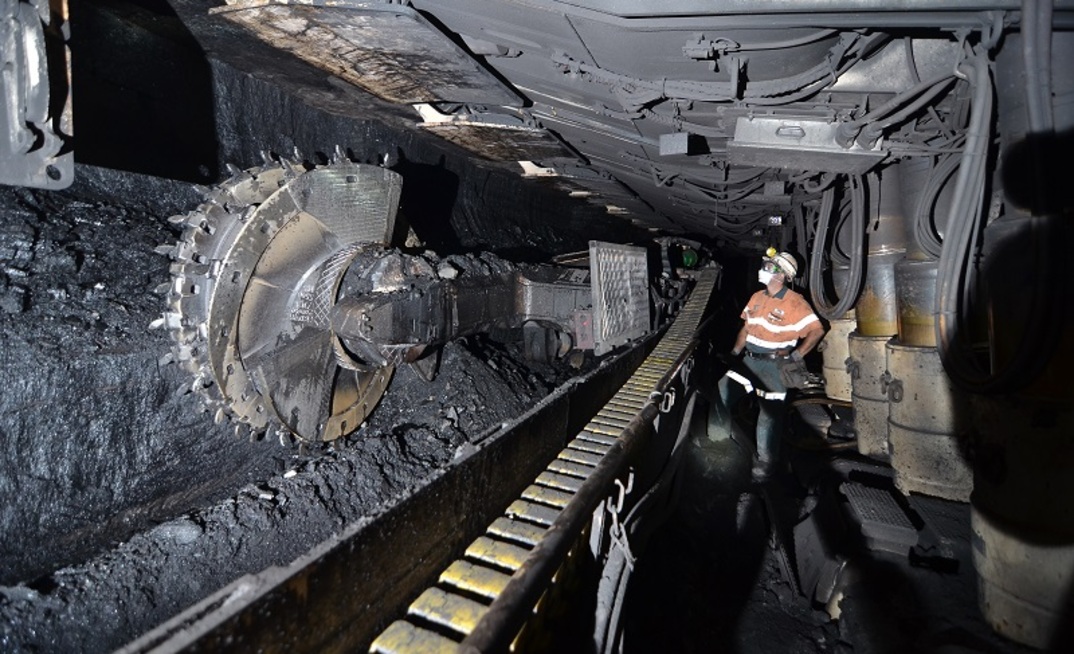The project was driven by the fundamental need to achieve safer and more effective autonomous longwall operations.
The research was guided by a systems-level approach that advocated an engineering requirements-driven methodology.
A set of longwall equipment position requirements were captured through interactions with longwall OEMs, mine site personnel and CSIRO personnel.
This investigative stage provided a useful set of requirements for the major dynamic longwall components. This stage also provided insights regarding the availability of accurate current longwall positioning performance.
It proved to be a challenging task as much of the relevant information was retained in confidence as business intelligence. Furthermore some of the key components were not being routinely measured.
This was mitigated by using known position data sources that included CSIRO's shearer position measurement system and roof support measurements from inclinometers.
Coordinate reference systems were formally introduced to provide a common conceptual framework for a consistent integrated model approach.
A reference model was developed to indicate how available sensor input sources could be mapped into a common coordinate space. The complexities encountered by developing the fundamental mathematical model highlighted the need for a more systematic approach.
To this end, a formal model-based approach was introduced based on the use of a kinematic approach. The flexibility of this model-based approach for sensor-position requirements analysis was demonstrated by the ease with which an existing longwall computer-aided design model could be used to generate a kinematic model, complete with hierarchical mechanical equipment elements.
Inclinometer data previously collected from roof supports from Ulan West was then used to create an equivalent sensor in the model framework, providing a virtual longwall minibuild to compare between required and actual positioning outcomes for an identified drum-to-tip use case.
























